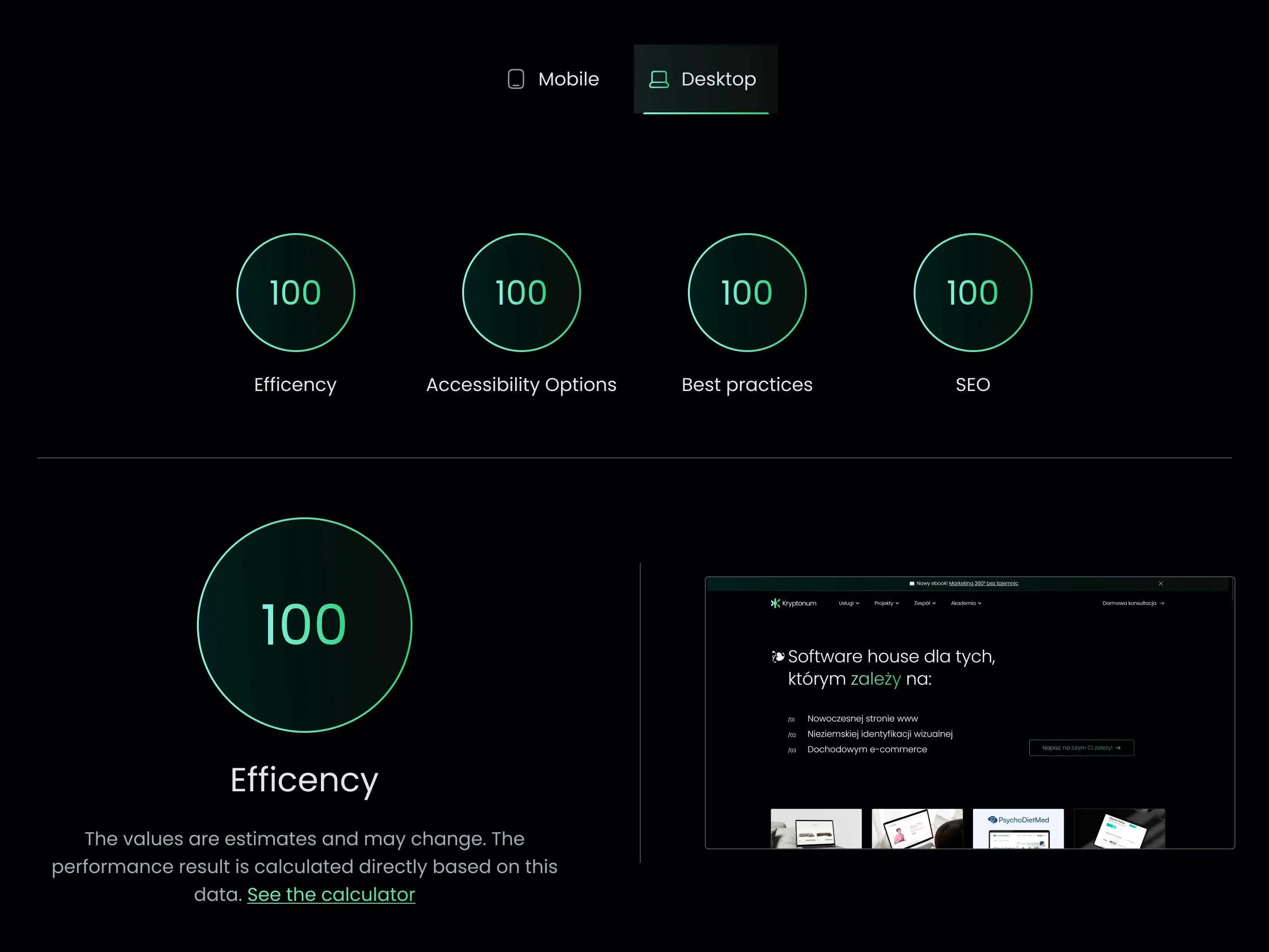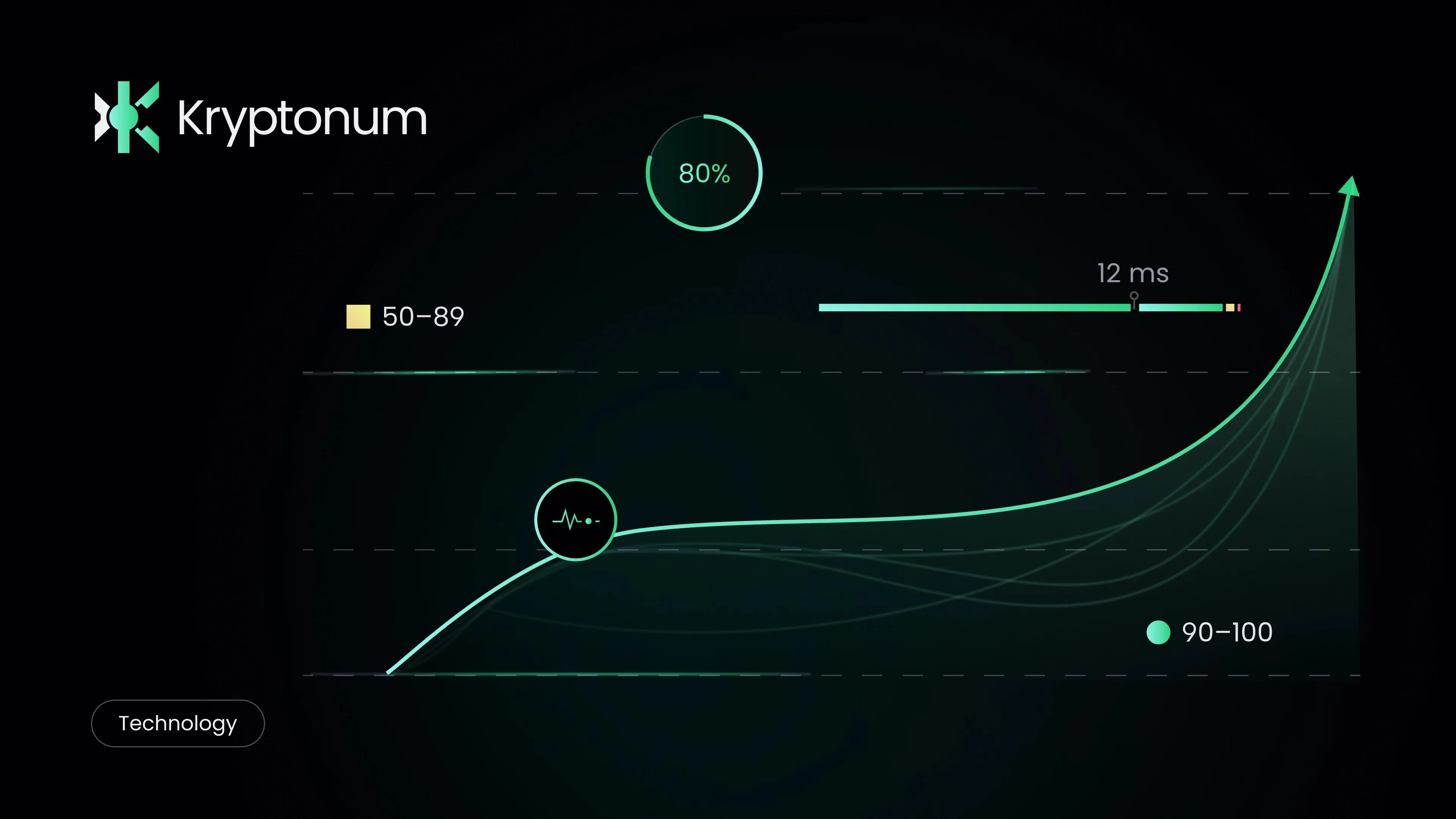❧ Fast Page Loading is the Key to Success 🗝️
Imagine scrolling through Instagram when a product catches your eye. You click "See More," and then… the loading wheel appears. Seconds pass, your excitement fades, and frustration kicks in 😡 After 15 seconds, you lose patience and close the tab—never to return.
Sounds familiar? That’s not just a closed tab; that’s a lost customer!
In an era of instant soups and express coffee, no one has time to wait. Website loading speed is now a "do or die" factor in the digital world.
Let’s explore what page speed really is, the factors that influence it, and—most importantly—how to optimize it to attract and retain users ✨
❧ What is Website Loading Speed?
With rising user expectations and an ever-growing number of websites, loading speed has become a crucial factor in a site’s success. We all expect instant access to content, and even a one-second delay can result in lost potential customers.
Page loading speed refers to the time it takes from clicking a link or typing a URL in the browser to when the website is fully loaded. But it’s not just about when something appears on the screen—it’s about when users can freely navigate and interact with the content. Just because you see a button doesn’t mean clicking it will work immediately!
Fast-loading websites are appreciated by both users and search engine algorithms. Better speed leads to higher conversion rates, lower bounce rates, and improved search rankings—all crucial elements for online business success.

❧ What Affects Website Speed?
Website speed is influenced by multiple factors working together to deliver content as quickly as possible. Even a few milliseconds of delay can frustrate and deter potential customers!
A real-world example? In 2006, Amazon discovered that every 100-millisecond reduction in loading time increased their revenue by 1%. That proves even small improvements can significantly impact business results!
Optimizing your site for speed means fine-tuning key elements that directly affect loading time.
Here are the most important ones:
-
File Size
Large images and videos take up the most space and significantly slow down loading times. The more elements there are to load, the longer it takes. Optimize everything! Use formats like WebP for the best balance between compression and quality.
-
Server & Hosting
Your server can either serve your site quickly and efficiently—or turn the process into a slow nightmare. Server performance and hosting quality directly impact loading speed. Key factors include server location and technologies used. Choosing a reliable, high-speed hosting provider is essential!
-
JavaScript & CSS Code
Unoptimized scripts and styles can delay page rendering. Unnecessary or overly complex JavaScript and inefficient CSS increase loading time, negatively affecting user experience.
-
Number of HTTP Requests
Every element on your page generates a separate request to the server. The more requests, the longer the loading time. Reducing HTTP requests is a crucial step in speeding up your site.
-
Caching
Without effective caching, browsers must reload the same data every time a user visits your site. Implementing cache strategies significantly improves load times, especially for returning visitors, while reducing server load.
-
Server Location
The physical distance between your server and your visitors affects loading times. The closer the server, the faster the content delivery—especially important for global websites. CDNs (Content Delivery Networks) are your best friend here!
❧ Business Benefits of Optimizing Website Speed
Improving your website’s speed brings numerous business advantages that directly contribute to success. A fast website isn’t just about user convenience—it translates into measurable benefits. Here’s what you gain:
-

Better User Experience (UX)
Imagine ordering your favorite meal at a restaurant, only to wait an hour for it to arrive. You’re still happy to eat, but the experience is disappointing. That’s how users feel when they wait too long for a website to load. The faster your site serves content, the happier your visitors—and happy visitors are more likely to return!
-

Higher Search Engine Rankings (SEO)
Google is ruthless when it comes to slow websites. A fast site ranks better in search results, meaning more organic traffic—just like the busiest restaurant in town gets the most customers!
-

Higher Conversion Rates
If your site loads slowly, users disappear faster than Black Friday deals. And time is money—the faster your site loads, the more likely users are to complete a purchase. Remember the Amazon example? Even milliseconds matter!
-

Lower Bounce Rates
Slow-loading sites have higher bounce rates—meaning visitors leave before the page even fully loads. Faster sites keep users engaged longer.
-
Increased Revenue
And finally, the crème de la crème—money! All these benefits lead to one ultimate goal: better financial results. If you’re still wondering whether optimizing your site speed is worth it… stop wondering and start improving!
❧ How to Check Your Website’s Speed?
Testing your site’s speed is essential to identify areas for improvement.
Free tools like Google PageSpeed Insights and GTmetrix help measure load times and offer optimization suggestions. Modern browsers also include built-in developer tools to analyze performance.
Remember, load time varies depending on the device and browser. Test your site from multiple locations to get a complete picture.
For continuous tracking, consider performance monitoring tools that provide real-time insights and analytics.

❧ How to Improve Website Speed?
Your site should run like a well-oiled machine. The faster, the better!
Here are some key steps to optimize loading speed:
-
Optimize Images
Use modern formats like WebP for better compression while maintaining high quality. Implement lazy loading to load images only when needed.
-
Leverage Caching
Set up caching in browsers and on your server to speed up page load times for returning visitors.
-
Use a Content Delivery Network (CDN)
Deliver content from servers closer to your users to reduce latency.
-
Reduce HTTP Requests
Combine CSS and JavaScript files to minimize server requests.
-
Optimize Server Performance
Choose fast, reliable hosting and ensure your server supports the latest technologies, like HTTP/2.
-
Minimize Plugins
If you use WordPress, every plugin adds extra weight. Keep only essential ones and disable or remove the rest.
❧ Is It Worth Optimizing Your Website’s Speed?
Page speed isn’t just a technical issue—it’s a business priority. No one wants their website to feel like an old VHS tape when we could be streaming on Netflix instead.
Whether you sell products, run a blog, or build your personal brand, every second counts. Speed optimization is an investment that pays off through higher user satisfaction, better SEO rankings, and—most importantly—higher conversions.
Even small improvements can lead to big results, so it’s worth continuously analyzing and fine-tuning your site’s performance.
At Kryptonum, website speed is in our DNA! If you need a new website that meets your customers' expectations—let’s talk!

